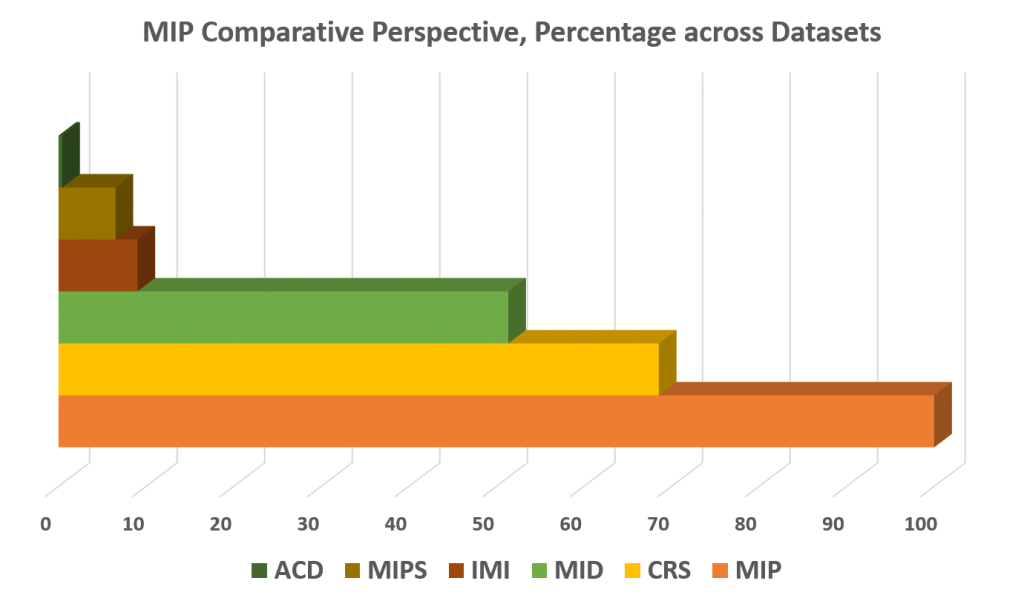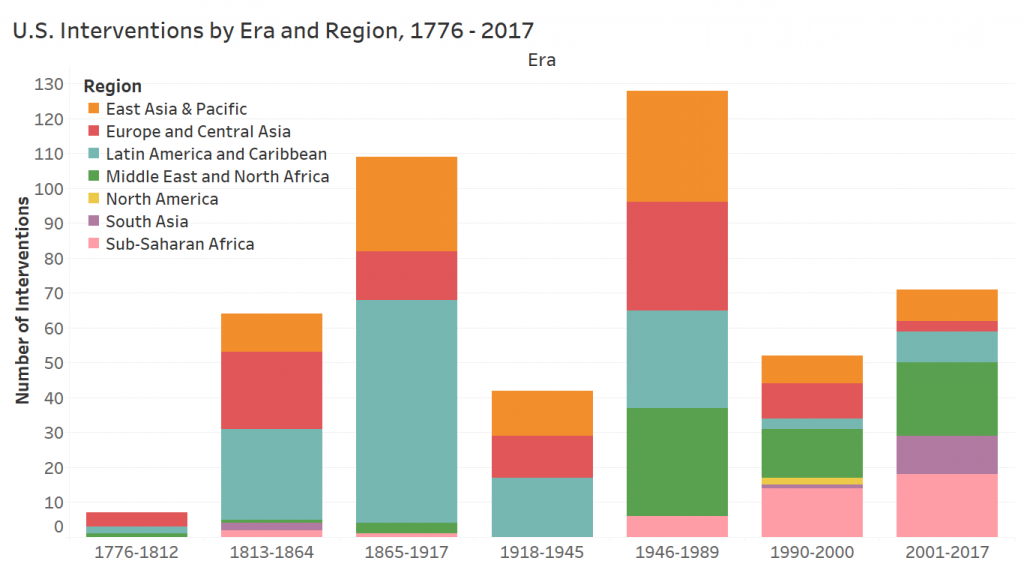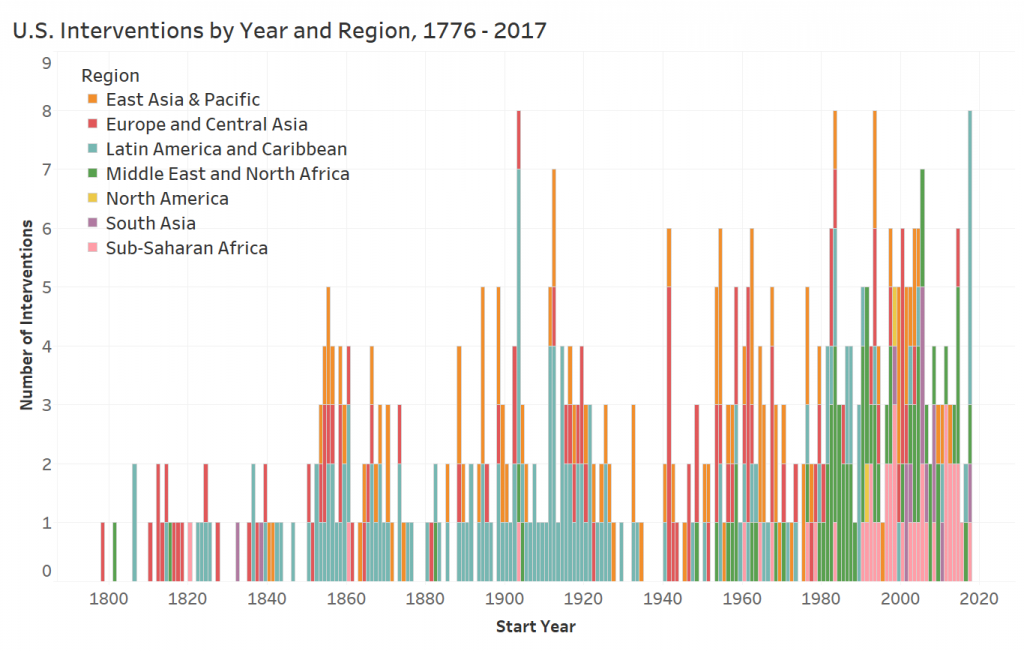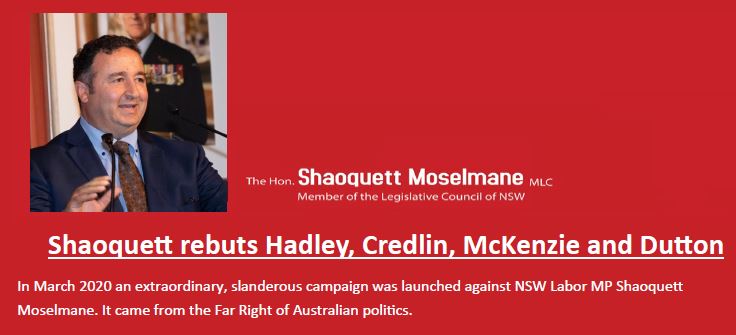“The USA has undertaken over 500 international military interventions since 1776, with nearly 60% undertaken between 1950 and 2017. What’s more, over one-third of these missions occurred after 1999.” Original post here: https://sites.tufts.edu/css/mip-research/
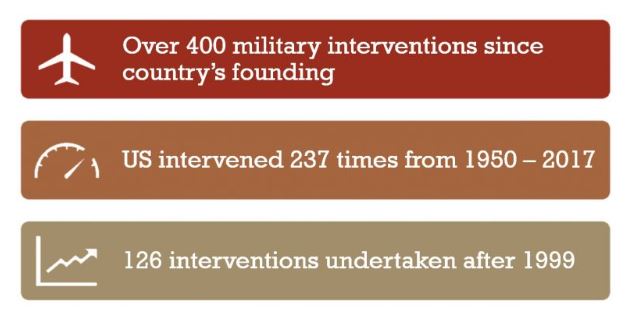
Military Intervention Project (MIP)
The United States (US) ‘‘spends roughly as much on defense as the rest of the world put together…and remains the only country able to project military power globally.’’[1]
With its extensive defense budget and capabilities, the US remains a military leader in contemporary international politics – but can this military advantage ever become a long-run disadvantage for our foreign policy? According to our data, the US has undertaken over 500 international military interventions since 1776, with nearly 60% undertaken between 1950 and 2017. What’s more, over one-third of these missions occurred after 1999.[2] With the end of the Cold War era, we would expect the US to decrease its military interventions abroad, assuming lower threats and interests at stake. But these patterns reveal the opposite – the US has increased its military involvements abroad.
Perhaps as we exclusively focus on maintaining our military might, we elevate the usage of force over other strategies of international policymaking, to the detriment of our own interests. As it stands, the US seems to operate without any clear guidelines for when it employs force abroad, and the consequences of such interventions remain blurred and contradictory. [3]
In fact, Monica Toft has labeled the current trend of US military engagements as kinetic diplomacy, diplomacy solely via armed force. As traditional diplomacy withers away, growing in its place are shadowy special operation missions, drone strikes, and/or readily utilized conventional military deployments. As of this year, “while US ambassadors are operating in one-third of the world’s countries, US special operators are active in three-fourths.”[4] ‘
This brings us to the key puzzle: why has the US increasingly relied on force as a foreign policy choice, despite decreased threats? What are the costs and consequences of this kinetic diplomacy?
The Military Intervention Project (MIP) within the Center for Strategic Studies (CSS) seeks to solve this puzzle of US foreign policy. It is building a new, comprehensive dataset of all US military interventions from 1776 until 2017 to measure the costs, benefits, and unintended consequences of US military involvements abroad. In other words, this dataset will provide strong empirical evidence regarding the trade-offs of US military interventions – a current hot topic in Congress, the media, and in public opinion. MIP will measure the costs and benefits to US national interests, economic growth, international reputation as well as human rights, democratic, and economic outcomes within the target state, and much more.
With recent US military involvements in Iraq, Afghanistan, Libya, and Syria as well as drone programs in Pakistan, Yemen, and beyond, it is imperative to learn more about how these military missions impact US interests and the international community at large. With new international conflicts on the horizon, US leaders, policymakers, and citizens must be aware of the costs and benefits of using military power abroad, in lieu of other statecraft tools. Armed with this knowledge, our government can make better informed decisions and become aware of explicit trade-offs when it comes to ongoing and future US military interventions.
Following the completion of the database and preliminary analysis, we will establish a website that will be illustrative, informative, and interactive to the public. The website will provide a public platform for CSS to present MIP’s cutting-edge research and results with state-of-the-art visualization tools. We will be able to define, measure, and report every US intervention since its founding, along with its corresponding political, economic, and human costs. In addition to this micro-analysis of one intervention, the website will also allow us to demonstrate the historical analysis of all interventions, their contexts, patterns, and more importantly, overall comparative costs. The study of each intervention as well as the historical account of US military intervention presented on one website would be a powerful and important tool for leaders, policymakers, and general audiences alike.
[1] The Economist. 2007 ‘‘American Power.’’ June 28, http://www.economist.com/node/9401945/print.
[2] A preliminary list of these conflicts can be found here: Salazar Torreon, Barbara. 2017. “Instances of Use of United States Armed Forces Abroad, 1798-2017.” Congressional Research Service, 12 Oct. https://fas.org/sgp/crs/natsec/R42738.pdf.
[3] Haass, Richard. 1994. Intervention: The Use of American Military Force in the Post-Cold War World. Washington, DC: Carnegie Endowment for International Peace.
[4] Toft, Monica. 2018. “The Dangerous Rise of Kinetic Diplomacy.” War on the Rocks, May. https://warontherocks.com/2018/05/the-dangerous-rise-of-kinetic-diplomacy/.
As shown in the figures below, MIP has almost doubled the universe of cases by expanding the range of definitions of intervention and exploring all sources of documentation, particularly confirming additional interventions via extensive case study research. The Congressional Research Service (CRS) list, which is the most comprehensive archive of US military interventions since 1776, still only holds about a bit over 65% of the MIP case universe, while the Militarized Intrastate Disputes (MID) dataset contains only 50% of the MIP cases. The remaining datasets illustrated offer few cases to MIP due to their post-1945 timeframes.
Below are preliminary MIP data snapshots of US military intervention trends across years and regions:

